Search Results

Estimating Hyperelastic Material Parameters via a Lap Joint Shear Test
For rubber, polymers, and biological tissue, the relationship between stress and strain is nonlinear, even at small loads. The lap joint shear test can be used to determine material properties.
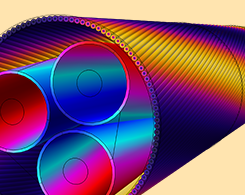
Using 3D Models to Investigate Inductive Effects in a Submarine Cable
It takes a modern desktop computer ~30 minutes to compute a 3D cable model with twisted magnetic armor. Consequently, 3D cable models are replacing empirical models in the power cable industry.
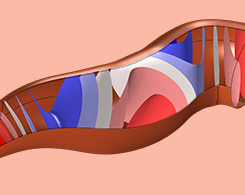
Modeling an Ear Canal’s Acoustics to Optimize In-Ear Audio Products
Ever notice an echo-like sound when wearing headphones or earbuds? Called the occlusion effect, this phenomenon can be studied using acoustics modeling to design better in-ear audio products.
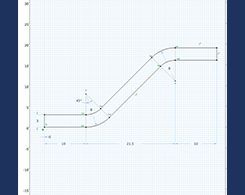
How to Use the Sketch Tools in COMSOL® to Draw 2D Geometry
Did you know that you can interactively draw and edit geometry right within the Graphics window in COMSOL Multiphysics®? Learn how to use Sketch mode with step-by-step video demonstrations.

Introduction to the Elastic Waves, Time Explicit Interface
From nondestructive testing to seismic wave propagation in soil and rock, there are many application areas that involve the propagation of elastic waves in solids and vibrations in structures.
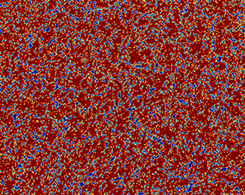
Material Characterization by Means of Simulation
Carbon-based materials, such as synthetic specialty graphites, are found in many industries, including solar, semiconductor, car manufacturing, ceramics, and metallurgy.
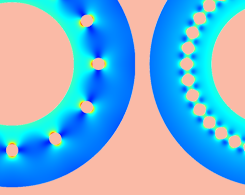
Making Structures Stronger by Removing Material
To make a structure stronger, sometimes you have to take material away instead of adding more. We go over concepts like fillets, load paths, and displacement control to demonstrate this concept.
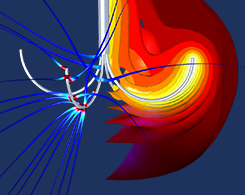
Predictive Analytics Capabilities of SmartUQ® for COMSOL®
How does COMSOL Multiphysics® fit into the predictive analytics and uncertainty quantification (UQ) workflow of SmartUQ®? Guest blogger Gavin Jones demonstrates with a microwave ablation example.
